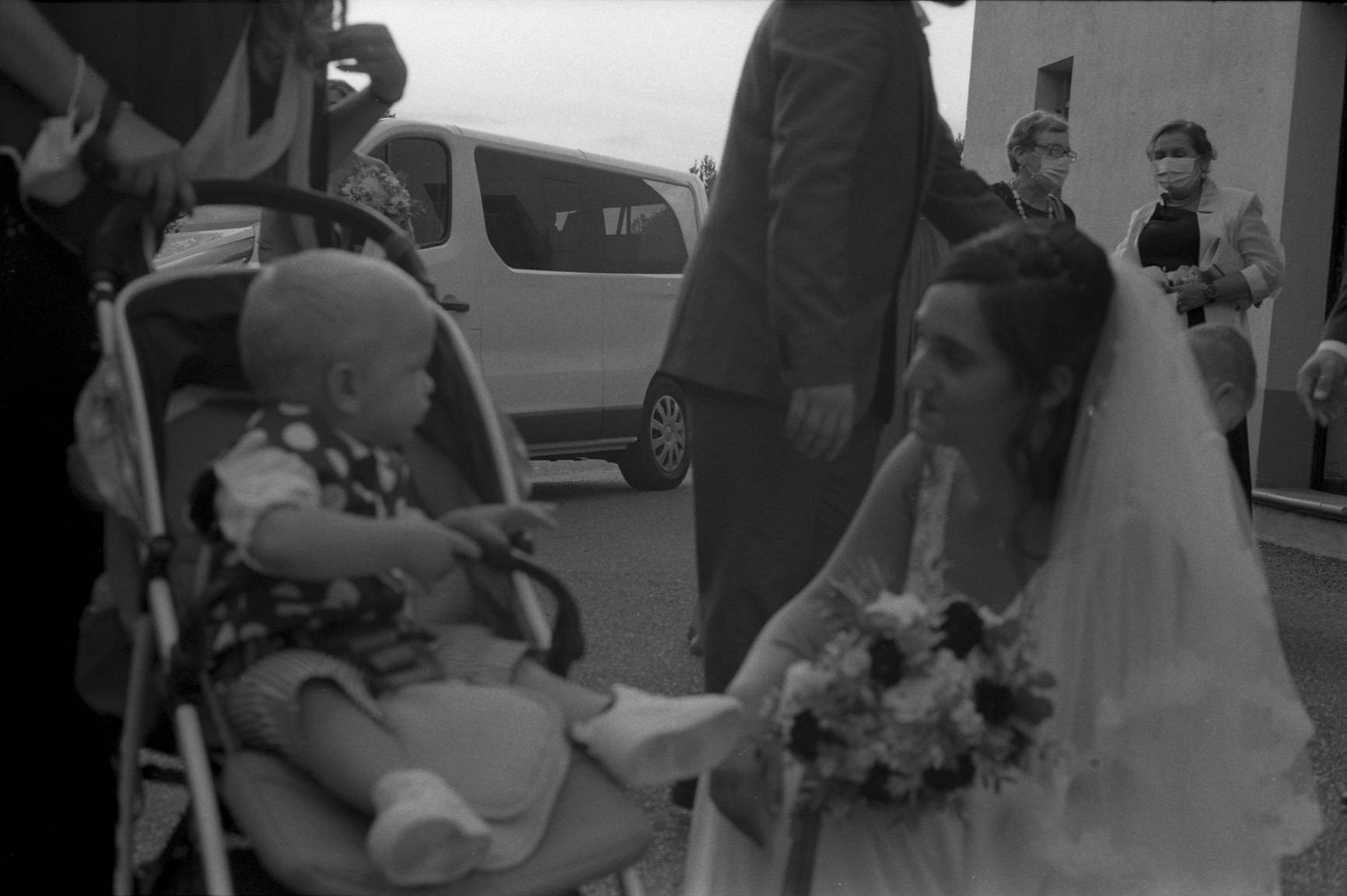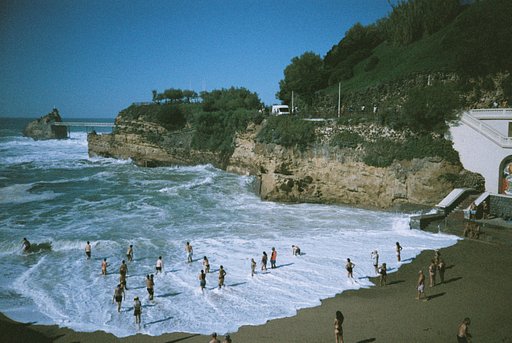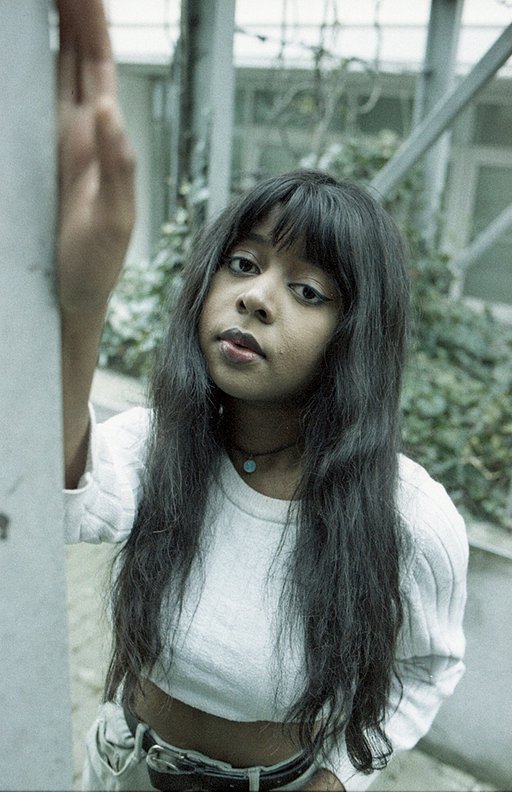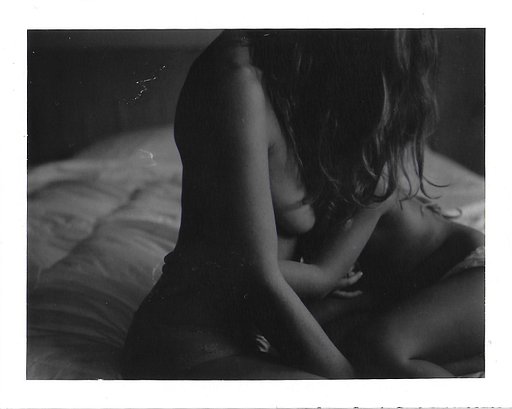Five Years in Analogue with @deansupertramp
2 5 Share TweetFive years of pursuing a craft may seem like a long time for some, and initial excited feelings may wax and wane during this time. But for Andrea (@deansupertramp) who has been capturing photos on analogue and sharing them with the Lomography community for that time, his passion for film photography is still ever-present. The thrill it brings him is not lost.
We speak with Andrea about his early beginnings with film photography, how location plays a key factor in his work, and the horizons that have opened up for him since committing to this form of creative expression.
Hi Andrea! Welcome to Lomography Magazine! Can you introduce yourself and tell us what you do?
Hi everyone! I am Andrea Alecce, an Electronic Engineer born in Calabria, Southern Italy. I have been living in Turin for a year, a city that aligns perfectly with my actual tastes and needs. I started taking photos as a teenager, later becoming passionate about the study and research of analogue techniques. I consider myself a curious person, always looking for the new, the abnormal, the surreal, and always ready and open to new experiences.
What is it like living in Italy? What is the creative and film photography scene like for you in Turin?
Living in Italy is wonderful. You can find a variety of landscapes: seas, mountains, woods and forests, and historic and unique cities.
I don't know the film photography scene in Turin too well just yet. But since I started living here, I've been discovering and seeing very interesting exhibitions and events; meeting new people and photographers as well. The city is truly alive. Back when I lived in Calabria, I had started collaborating with friends and photographers, organizing outings, and taking part in various LomoWalks.
Tell us a bit about your background in film photography.
My first memory with analogue photographs dates back to when I was a child, around eight years old. In the 90s my parents had a point-and-shoot, I was fascinated and intrigued by it. I wondered how it worked and was impatient to see how the photos would turn out. We took the camera on our trips and excursions. Because of this, I have such beautiful photos from that period.
We didn't use that camera again for quite a few years. And so I stopped being interested in photography. But at the age of 15, I managed to buy a cheap digital SLR, with which I practiced and became passionate about photography again.
But that wasn't exactly my instrument, there was still something missing. Only later, around the age of 27 did I discover that the analogue approach to photography was for me. Since then, for more than five years now, I have only taken analogue photos, studying, and reading books about it.
You have a unique collection of film cameras as listed on your LomoHome. How and when did you start collecting these cameras? What’s your most memorable camera and the story behind it?
Thank you! The list is not updated, some are missing! I started this collection to get to know them better, and to study them. I find them easily in second-hand markets, or from resellers. I also started repairing them, discovering a new hobby in it.
Sometime ago I bought two Yashica Mat 124 and a Moskva 5 in very poor condition. I opened, disassembled, studied, cleaned, and fixed them. They started working again! It is an indescribable feeling to be able to recover these objects, giving them new life. I uploaded a test album with one of these repaired cameras to Lomography.
Do you have a favorite camera?
My favorite camera is the Mamiya 645. I haven't used it much yet because it's not easy to carry and use, but I love it.
How do you decide what camera is best for the occasion?
By default, I have the habit of going out with a backpack and I always have the Yashica FX-3 Super 2000 with me. It's my everyday camera. In case I plan some photographic outings, I organize my photography backpack by also carrying the Mamiya 645 and/or the Yashica Mat 124. I rarely use point-and-shoot cameras.
Do you have go-to film stocks you usually use?
I prefer black and white films, with low/medium ISO. I generally use Ilford, Kentmere and Kodak. But I'm always looking for new rolls to try and experiment with. I think Lomography film is very suitable for experimenting.
You’ve shared on your LomoHome photos shot with Lomography Color Negative 35 mm ISO 100, LomoChrome Metropolis, and the LomoChrome Purple. What was your experience like with these three film stocks?
I have tried some Lomography rolls before and was really amazed by them. Lomography Color Negative 100 is a must — it allows you to take excellent photos, but also to try and experiment and gain excellent results. I used this during a film swap organized by Lomography with a great photographer Chiara Fogliatti (a.k.a @schiamazzo). She took the photos during a trip to Morocco, while I took them in Calabria. We weren't exactly organized with the logistics of the swap, and so the photos obtained were purely down to luck, even though it seemed like they were prepared! The photo below is my favorite.

Meanwhile, LomoChrome Metropolis has truly characteristic tones and has always fascinated me, it is among my favorites. I used this one here during a LomoWalk in Fiumefreddo Bruzio. I was really happy to shoot with this roll. My favorite photo came out with a bit of luck: a little light created this interesting effect.

You’ve been a part of the Lomography online community for over a while now. When did you first learn about Lomography?
The first time I discovered Lomography was when I gave a gift to an ex-girlfriend of mine: a Lomography Fisheye, and some film. At that time, I was already passionate about photography. I was hoping I could involve them in this interest of mine too.
But it was only after a few years that I began to actively participate in the Lomography community, publishing my first analogue photos, and observing the wonderful shots of some photographers present here.
How has your film photography practice and perspective changed over the years?
I find some of the projects published here in the community to be very interesting. I let myself be inspired by them and this in turn allowed me to break down some mental patterns, technical constraints that I imposed on myself, and leave more space for sensations and the freedom to explore.
What about film photography compels you to go out and shoot?
Going out and shooting is a moment that I take first and foremost for myself, because it makes me feel good. It makes me feel fulfilled, capable of creating without destroying, without ruining anything in the balance of the world around me. It allows me to have my say, in my way. It's the voice that, sometimes, I feel I don't have. It's an excuse to walk, be with friends, be in contact with nature, and discover new places.
In what ways have you grown as a creative and photographer through the years in this film community?
Experiment, get involved, discover new techniques. Being part of a community allows you to grow and learn a lot. I really hope I never stop discovering new ways of taking photos.
Do you develop and scan your film?
Yes, almost immediately! I develop and scan my own films, along with some of my friends’ photographs.
A few years ago I got an enlarger Durst M301 to also print. Mainly developing and printing in black and white. Almost all my photos are developed and scanned by me. I recently took a course, in collaboration with Lomography, on color development.
Who are your favorite film photographers? What aspects of their work and practice do you resonate with or feel inspired by?
The photographers who led me to love this medium are Robert Doisneau, Henry Cartier-Bresson, and Gianni Berengo Gardin. The aesthetics and mastery of technique evident in their photos have always led me to admire them.
What other film formats, cameras, and film stocks are you looking to try out next? What else are you looking forward to learning?
I'm satisfied with the 35 mm and medium format. However, I feel like I still have a lot to learn and experience. I plan to try and learn how to handle large format. Another aspect I would like to explore further is the print. I would like to experiment with night photos, with appropriate very sensitive film. I would also like to try a film soup.
Any Lomography products you are curious about and would like to explore?
I would really like to try Lomography Art Lenses like the Petzval and Lomography black and white film, which I have never tried.
Thank you to Andrea for speaking with us and sharing his film journey thus far! View more of his photos by visiting his LomoHome and Instagram. Looking to join a global community of creatives and artists who all share a love for film? Join Lomography and create your own LomoHome here.
written by macasaett on 2023-11-23 #people #120 #35mm #lomowalk #community #italy #film-swap











































2 Comments